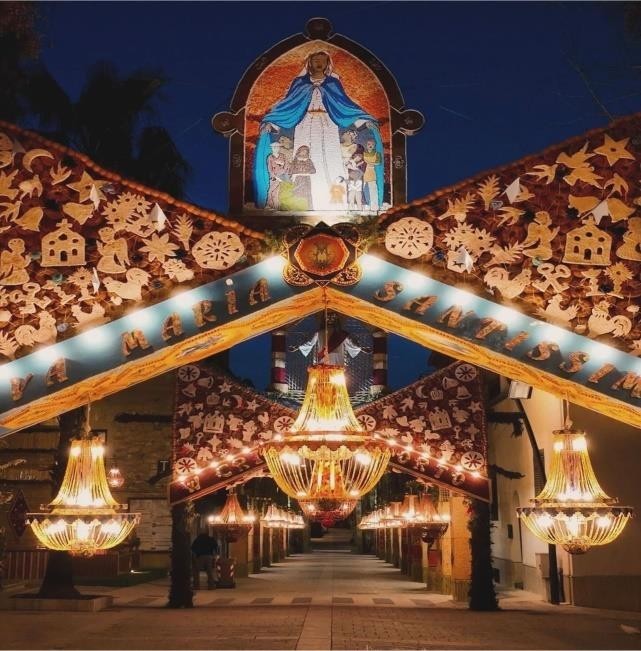San Biagio Platani is a municipality in the hinterland of Agrigento with 2. 831 inhabitants, 38 kilometers from the capital, situated on the middle slope of a hill that culminates in Contrada Garipi and descends towards the river Platani. The origins date back to 1635, year in which Giovanni Battista Gerardi obtained the “licentia populandi” leading to think that the town began to develop a few years earlier, with a few houses around a small church, and then expanded as a result of the development of agriculture. intensive. The foundation of urban agglomerations also had other purposes related to the prestige of the feudal lords. The feud of San Biagio initially consisted of the lands of San Biagio, Gialdonieri and Mandralia. In 1660 the feud of Ragattano was added. The town developed from the beginning around the Chiesa Madre and the Palazzo Ducale. An orthogonal layout was established, whose main axis is Corso Umberto I, which was then called Piazza Street. The settlement took place with a steady trend and already in 1653 the village had about 300 inhabitants. But in the 18th century, the crisis of production and the political and institutional system too old, caused a decline in the demographic trend. A serious problem was monoculture production, whose lack of production for a year led to famines. In 1864 the name Platani was added to distinguish this town from other Italian towns with the same name.
The tradition of the “Easter Arch” was born around the middle of the 18th century to celebrate Christ’s triumph over death. Initially, the Arches were made up of only the central structure. The central arches are also called “triumphal arches”, precisely to recall the triumph of Christ over death. All the buildings extend along the main course of the village, which is located parallel to the façade of the mother church. Each arch consists of two six-metre-high poles connected to each other by a horizontal beam called “anchidda”. The decorations of the avenue are mainly the nymphs, which are particular pear-shaped chandeliers. Finally, there is the Mother Church of San Biagio Platani, named after Saint Biagio Bishop and Martyr, patron saint of the town, is one of the first buildings of the small town and dates back to the end of 1600, beginning of 1800.

